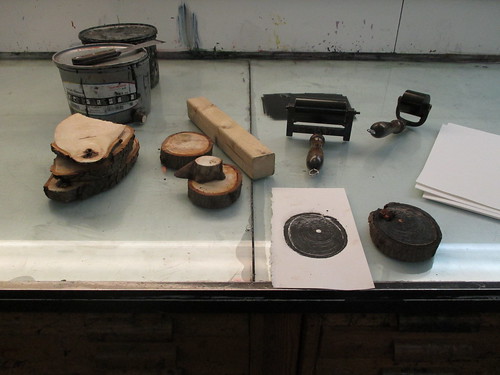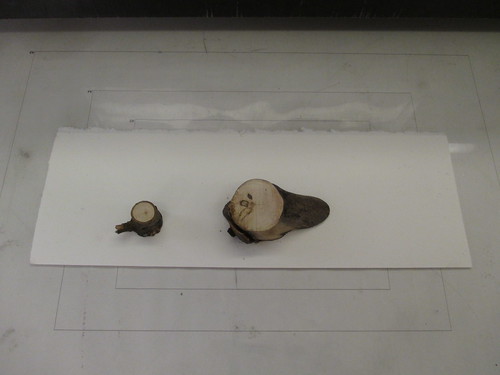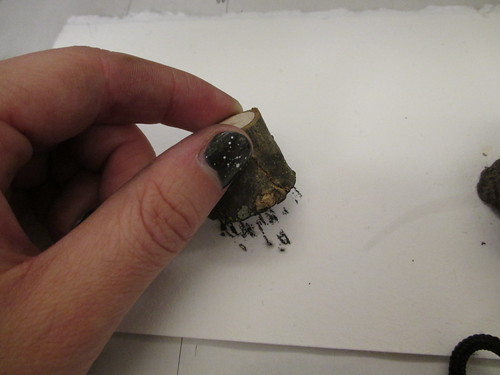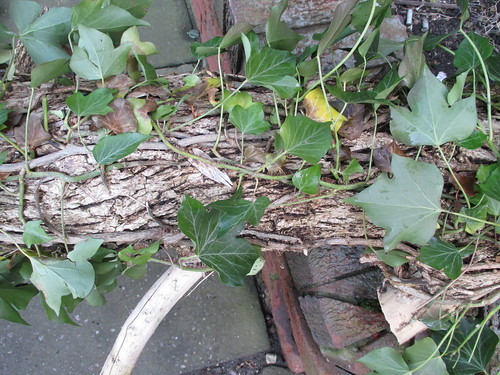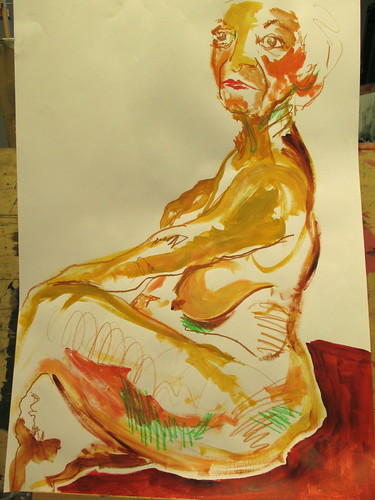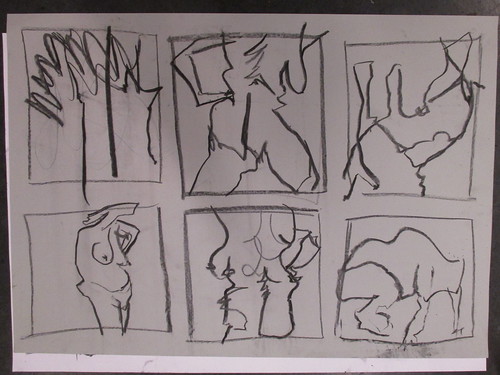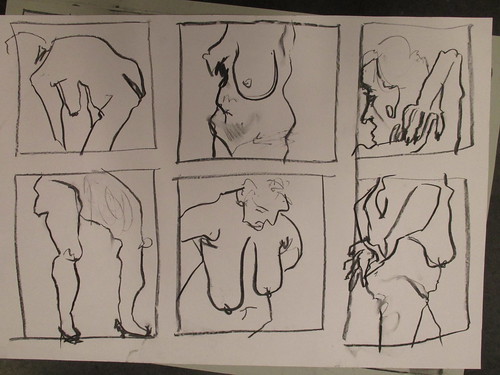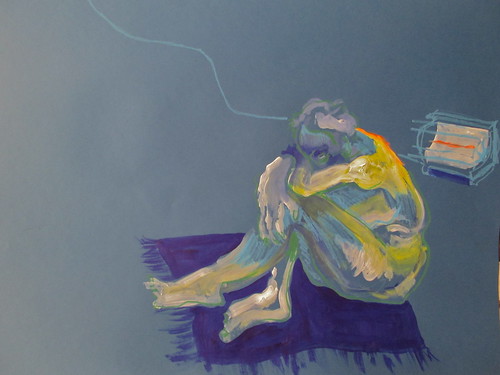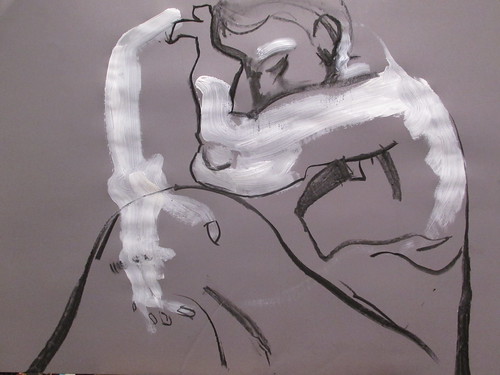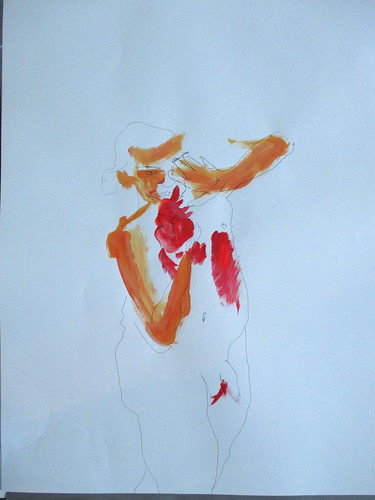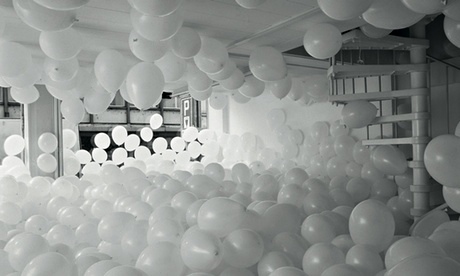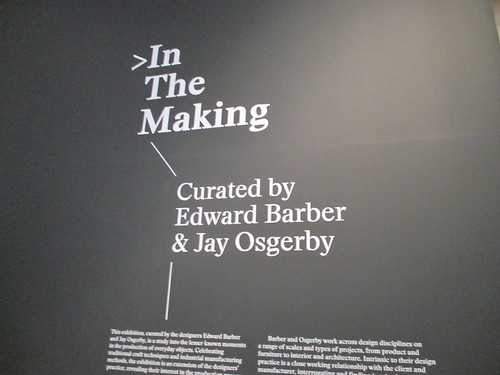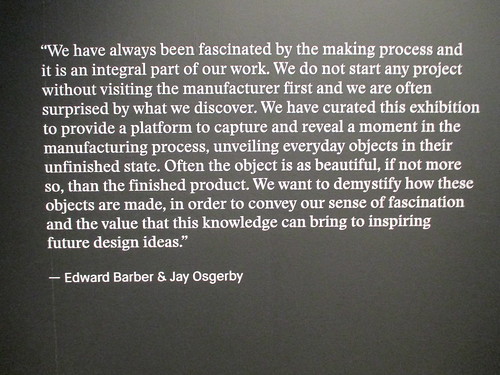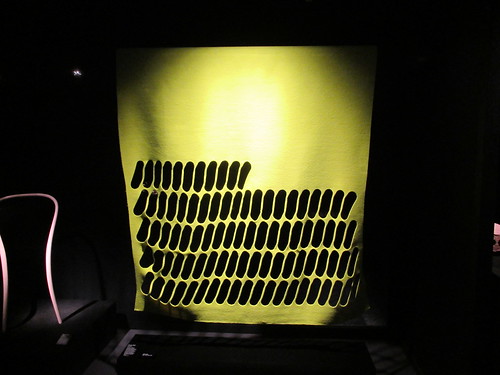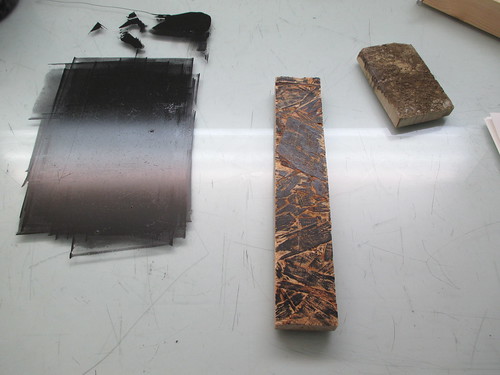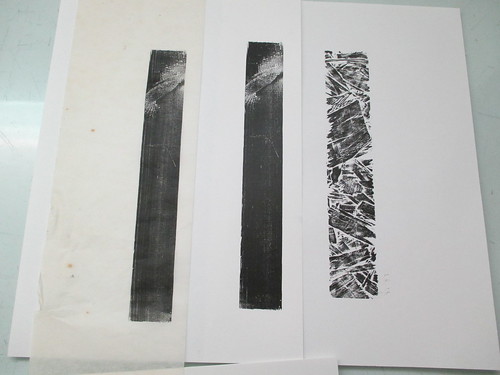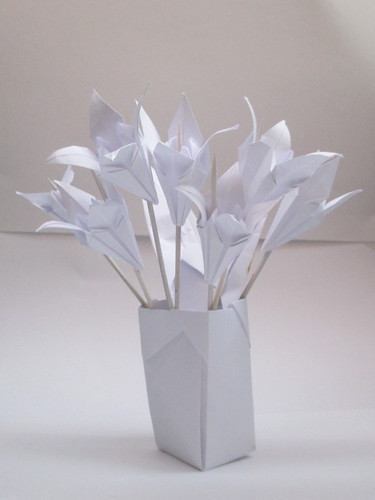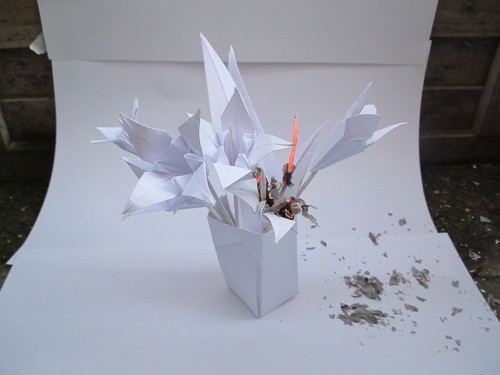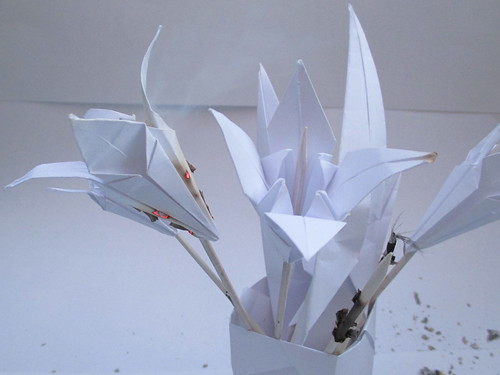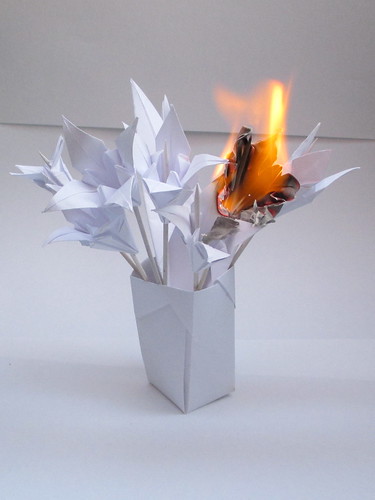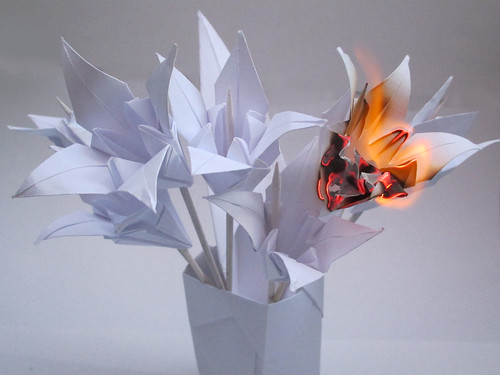This week we had
Sarah Dyer come in to talk to us about children's book commissions and advertising. She graduated from Kingston in 2001 and actually had published a book in her second year at University. The difference between publishing jobs and editorial is mostly the relationship with the client; publishing requires quite a lengthy relationship and the process is quite long which Sarah says she quite prefers. So far she has published 7 books all over the world in many different languages. She tends to only work with one or two publishers at the same time, because otherwise she would end up competing with herself. Her first book was published with Bloomsbury Books, importantly pre-Harry Potter at this stage. The relationship and types of story they were looking for changed after Harry Potter, and was also affected by the recession; many publishers wanted to play safe. Her book was seen through arrangements at Kingston. She tends to use her sketchbooks and dummy books as her 'portfolio' which is unusual but quite canny, as it is more inviting for the client. They want to be as much part of it as you do. Publishers are also looking for characters with potential for series, and sustenance on all sides and points of view.
'Batty' the book shown above, was rejected by Bloomsbury and published by Francis Lincoln. These two are her two main publishers. Sarah advised us to
'pick our battles wisely' because at the end of the day, marketing and sales are your allies. They need to sell this book as much as you do! You generally are met with two people: the Editor and the Art Director. The Editor helps you with your text and storyline, whereas the Art Director helps you work out layouts, and agrees on how the imagery works. For example, parts of Batty are printed upside down to show his point of view, and the art director helps decided on continuity which pieces of text or image are placed upside down.
When you pitch, you take sketchbooks with developments and dummy books. These dummy books might be edited again and again until a final is agreed upon. A standard book is 32 pages, which included the front and back cover. Boulogne book fair is THE book fair for children's books, and is the gateway for your book being coeditioned in other languages. The fee that publishers pay you is the right to PUBLISH not to own. Your work remains yours.
Sarah has just taken up a new project in Advertising though, making artwork for animations for Cushelle. It is a totally different way of working, and is an extremely fast turnaround in comparison. You are a small, but important, cog in a much bigger system, so you don't get to make so many decisions. She also has to use their colour ways. However, somehow they become animations from all the pieces she sends! This project lasts for a year, an episode every month.
Her advice for us on children's books is read your stories out loud. You'll never really see it as a whole until you do, so it's worth reading it to someone and hearing yourself helps to take yourself out of your illustrator head. Seeing it from afar can help you make the right adjustments to make it flow. And also, make sure you give your creations worth; it has to be important to you and protect your story!

